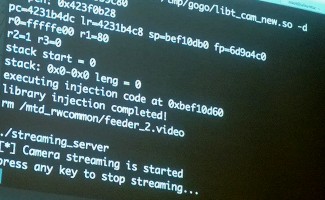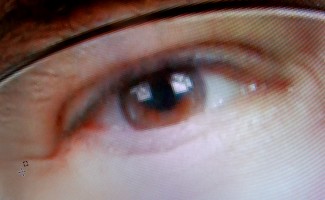Conversations 9: Amateur satellite intel with David Jorm

A growing group of amateur North Korea watchers is using free and commercially available satellite data to change our view of the hermit kingdom. Continue reading


A growing group of amateur North Korea watchers is using free and commercially available satellite data to change our view of the hermit kingdom. Continue reading

Electronic voting is far from being the cure for election fraud and voter error, as the University of Melbourne’s Dr Vanessa Teague points out. Continue reading

A brief conversation with Greens Senator Scott Ludlam recorded at the Ruxcon 2013 security conference provides an excuse to discuss the Attorney-General’s appointment of a former ASIO director-general as his chief of staff. Continue reading

If Smart TVs were the hardware hack highlight of Breakpoint Day one, then hacking highly-computerised cars were most certainly the highlight of Day 2. Continue reading

From turning a Smart TV into a surveillance device to a discussion of the economics of the digital arms market, and many, many deep dives into hacks — that’s Breakpoint Day 1. Continue reading

Corrupted Nerds coverage of the Breakpoint and Ruxcon conferences is brought to you by 74 generous supporters. Thank you all very much. Continue reading

We’re covering the Breakpoint and Ruxcon hacker conferences in Melbourne thanks to crowdfunding. Supporters will help decide how that unfolds. Continue reading

Distributed denial of service (DDoS) attacks are cheap and easy to do, and they’re getting more powerful. Michael Smith, head of Akamai Technologies’ computer security incident response team (CSIRT) explains why. Continue reading

“Networks are living and breathing things. They don’t sit still. Your vulnerabilities will change on a daily basis, for sure, and you need to be on top of that,” says Dick Bussiere, principal architect for Tenable Network Security in the Asia Pacific region. Continue reading

Dr Kerry Hinton from the Centre for Energy-Efficient Telecommunications (CEET) explains why constant wireless connectivity to cloud services could be a huge energy problem. Continue reading